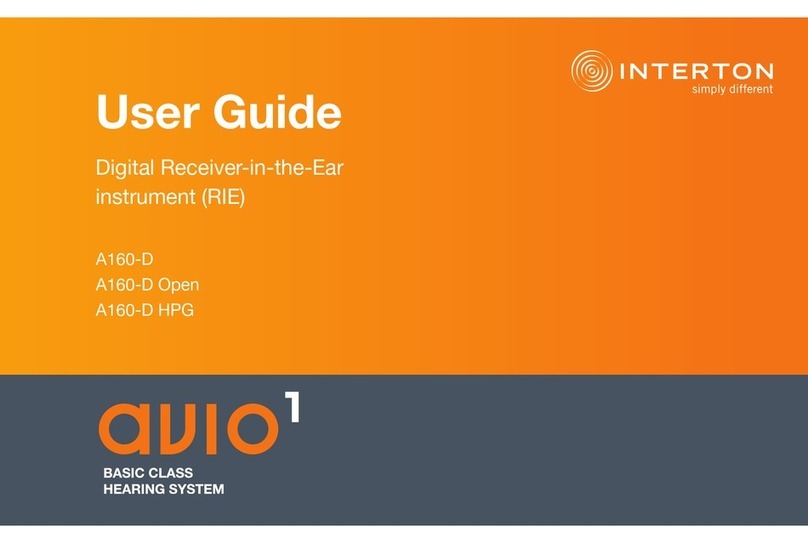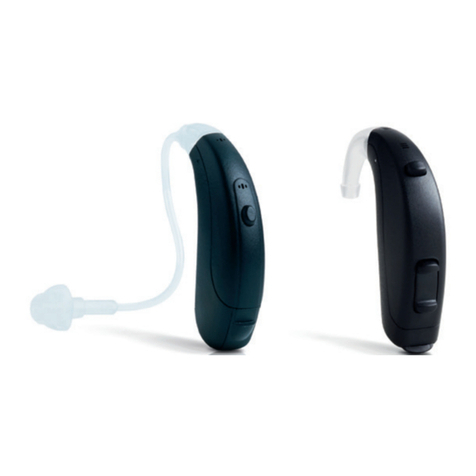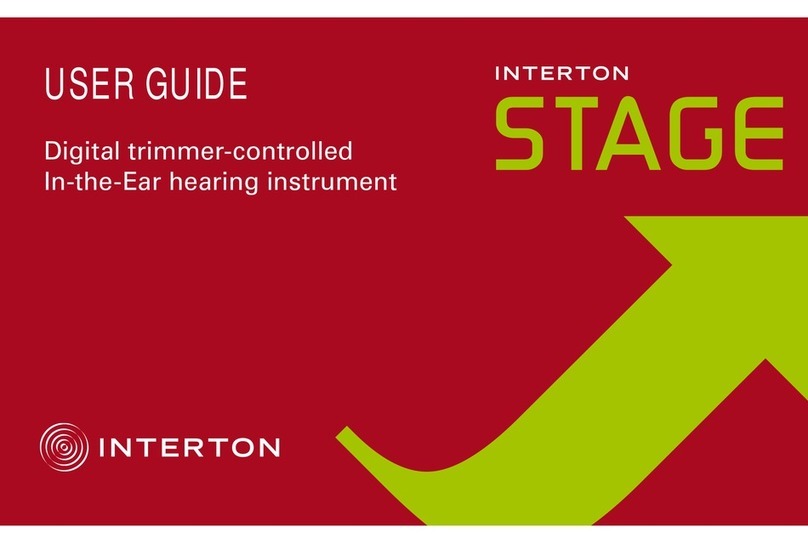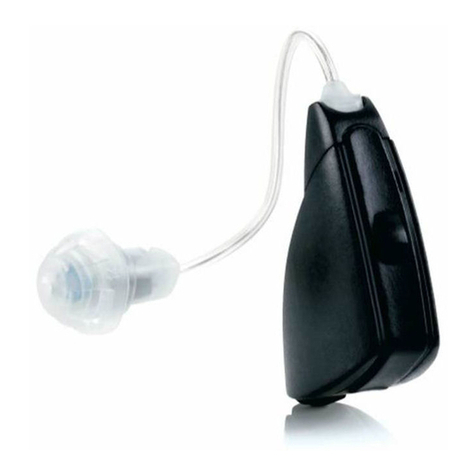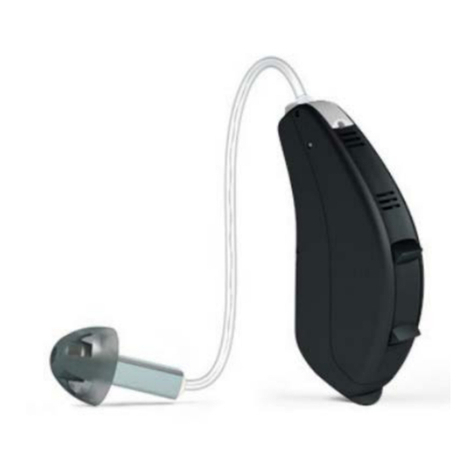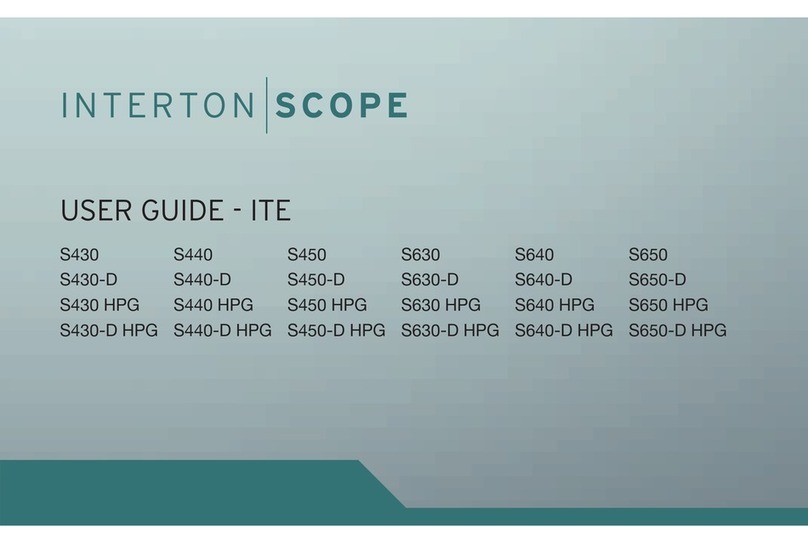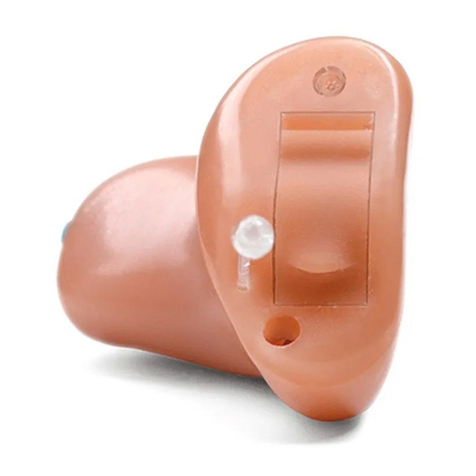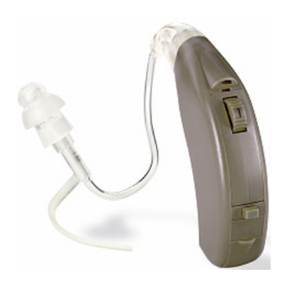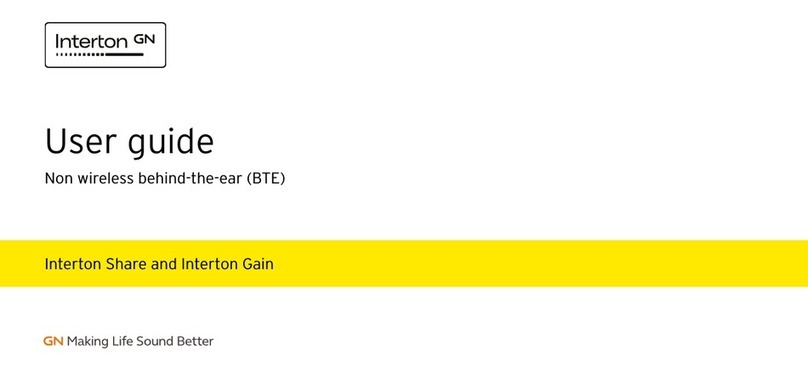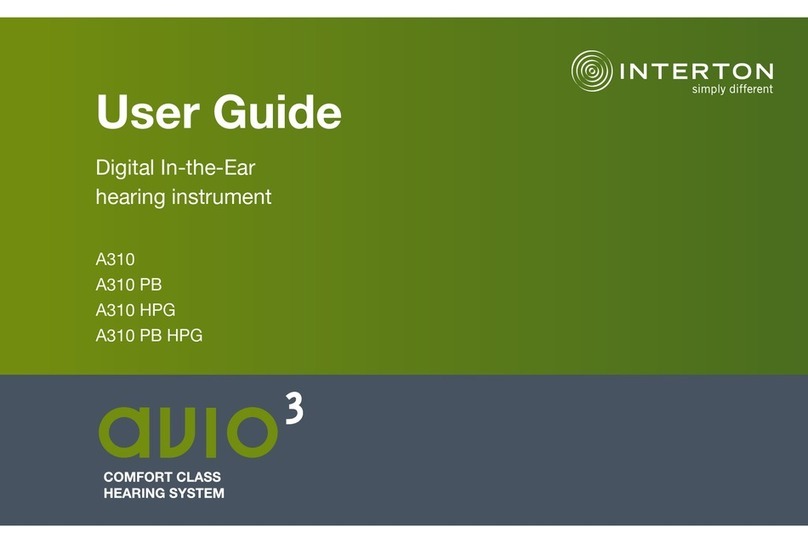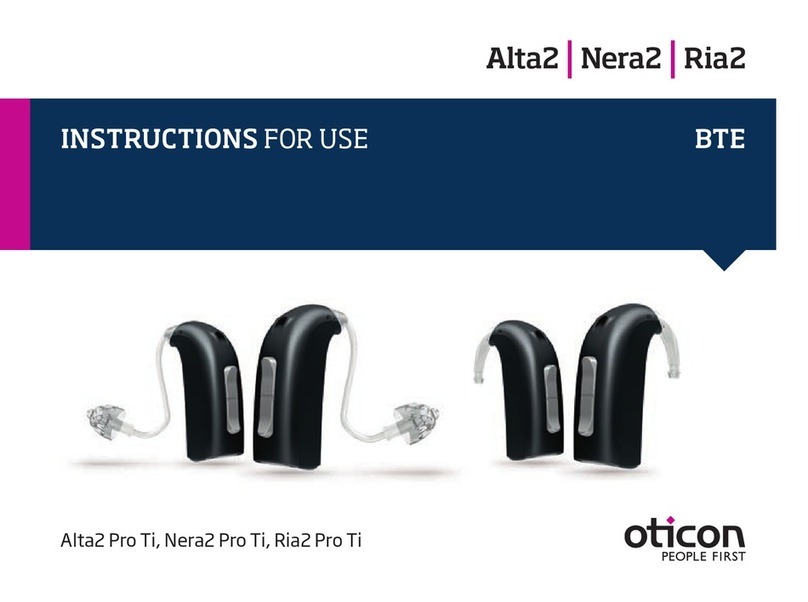General Precautions i
• This Appraise fitting software will apply recommended amplification settings based on available audio-
metrical information. Settings will be specific to each fitting.
• Manual modification of the fitting parameters will impact and change the amplification level prescribed.
This change will be audible to the patient when the instruments are connected.
• Caution should be exercised with patients sensitive to sounds, for example suffering from tinnitus or
hyperacusis.
• Hearing device performance may drift and decline over time, please en-sure devices are performing
within specifications prior to performing in situ threshold testing.
• Feature accuracy is reliant on ear canal being completely occluded.
General Warnings i
• When connected, the Appraise Fitting Software controls the acoustic amplification levels in a hearing
instrument. In some acoustic environments, over amplification can cause discomfort and damage to the
patients hearing.
• The Fitting System provides initial default amplification settings based on hearing threshold levels. These
default settings could be higher than stable levels and cause feedback when amplification is first applied.
• The Fitting System initiates the feedback calibration procedure. Feedback calibration uses broadband
noise to measure the amount of sound leaking from the hearing instrument. The output level is designed
to be on the boarder of “uncomfortable” level based on hearing threshold level at a specific frequency.
The sound will be ramped up in volume and cease when the calibration data is received. It is possible for
the level to exceed a patients comfort level, but it needs to be determined if it can obtain hazardous risk
levels.
• The Fitting System initiates feedback calibration to measure the receiver to microphone transfer func-
tion. This is used primarily by the hearing instrument to manage feedback suppression but it is also used
to display the limits of stable gain.
• The maximum stable gain estimates are based on feedback calibration data, the presence of active feed-
back suppression, and a headroom estimate. The headroom value is meant to be conservative however
the presence of directionality has shown to give inaccurate estimates of max. stable gain. The risk is that,
under some situations, the Fitting System could show that the hearing instrument is stable when it is
actually close to unstable and in risk of feedback.
• If feedback calibration has not been performed during fitting the Max Stable Gain is not known and the
device could cause feedback without warning.
• The Fitting System uses the DynaFit+ algorithm to interpret audio gram data for determining optimal
gain settings. The parameter used is “first time user”. This may give a less than optimal initial fitting but
should not pose a safety risk. The algorithm has been independently validated with the specification and
verified to be consistent with Fitting Software.
9


